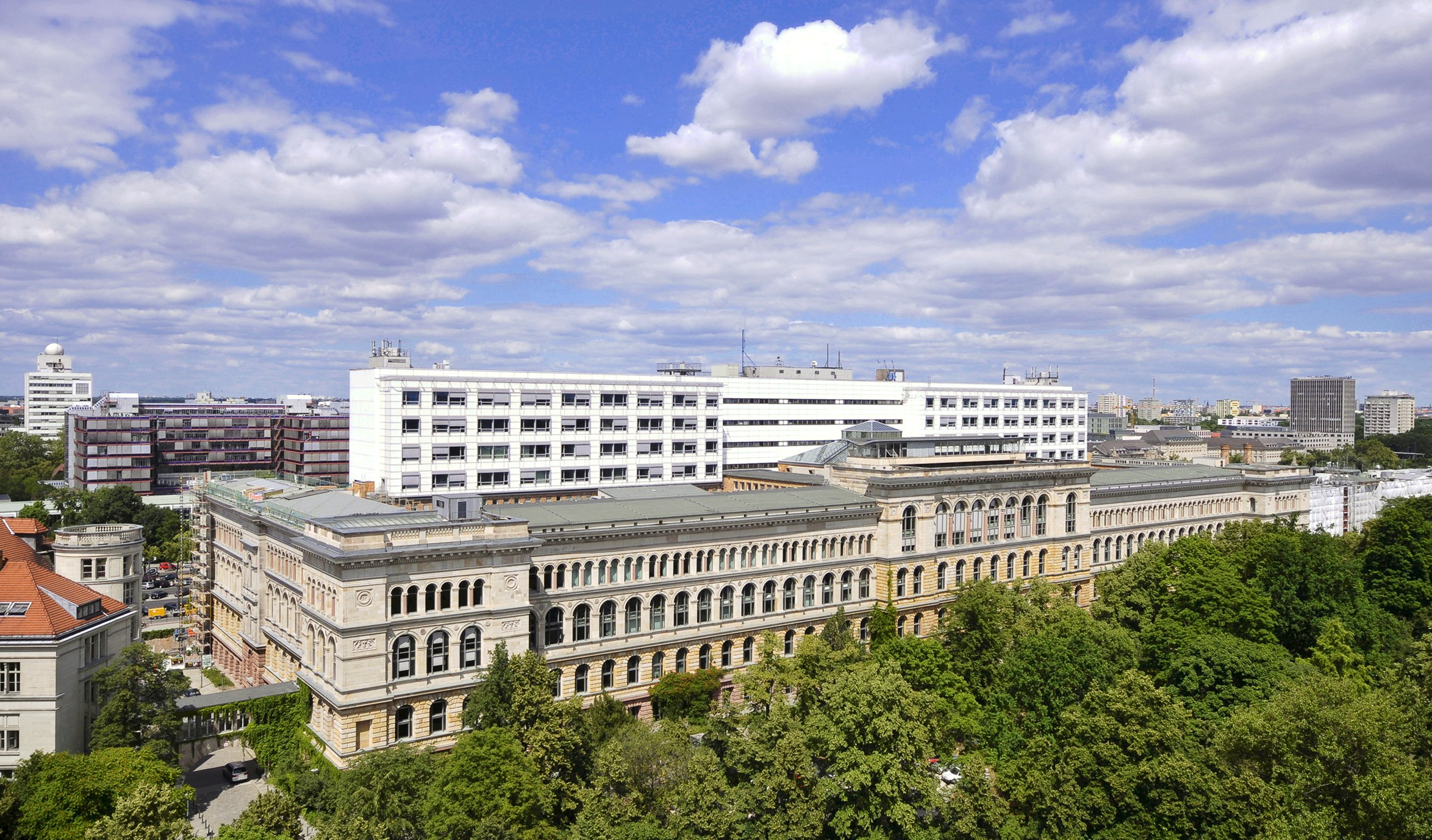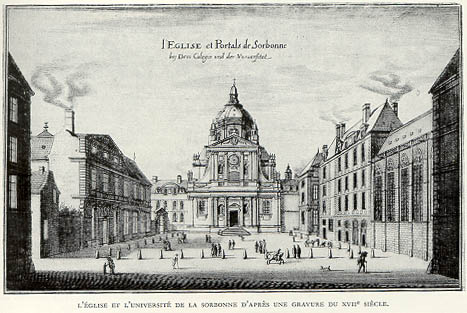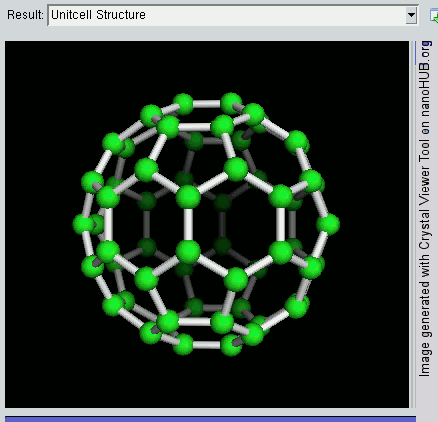|
Anna Fischer (scientist)
Anna Fischer (born 1981) is a German chemist who is a Professor of Nanomaterials at the University of Freiburg. Her research considers the development of nanomaterials for electrocatalysis. Early life and education Fischer was born in Mainz and attended high school at the Lycée Buffon and Lycée Henri-IV. She moved to the Pierre and Marie Curie University for her undergraduate studies, where she specialised in physics and chemistry. She completed her graduate degree at the École normale supérieure, where she studied molecular materials. Her thesis considered the development of mesoporous materials (SnO2 and TiO2) using evaporation induced self assembly. She moved to the Max Planck Institute of Colloids and Interfaces for her doctoral research, where she created nanostructured metal nitrides through hard templating. She stayed at the Max Planck Institute of Colloids and Interfaces as a postdoctoral researcher, where she developed biominerals. Research and career In 200 ... [...More Info...] [...Related Items...] OR: [Wikipedia] [Google] [Baidu] |
Mainz
Mainz (; #Names and etymology, see below) is the capital and largest city of the German state of Rhineland-Palatinate, and with around 223,000 inhabitants, it is List of cities in Germany by population, Germany's 35th-largest city. It lies in the Frankfurt Rhine-Main, Rhine-Main Metropolitan Region—Germany's second-largest metropolitan region after Rhine-Ruhr—which also encompasses the cities of Frankfurt am Main, Wiesbaden, Darmstadt, Offenbach am Main, and Hanau. Mainz is located at the northern end of the Upper Rhine Plain, on the left bank of the Rhine. It is the largest city of Rhenish Hesse, a region of Rhineland-Palatinate that was historically part of Grand Duchy of Hesse, Hesse, and is Rheinhessen (wine region), one of Germany's most important wine regions because of its mild climate. Mainz is connected to Frankfurt am Main by the Rhine-Main S-Bahn rapid transit system. Before 1945, Mainz had six boroughs on the other side of the Rhine (see: :de:Rechtsrheinische St ... [...More Info...] [...Related Items...] OR: [Wikipedia] [Google] [Baidu] |
University Of Freiburg
The University of Freiburg (colloquially ), officially the Albert Ludwig University of Freiburg (), is a public university, public research university located in Freiburg im Breisgau, Baden-Württemberg, Germany. The university was founded in 1457 by the House of Habsburg, Habsburg dynasty as the second university in Austrian-Habsburg territory after the University of Vienna. Today, Freiburg is the List of universities in Germany#Universities by date of establishment, fifth-oldest university in Germany, with a long tradition of teaching the humanities, social sciences and natural sciences and technology and enjoys a high academic reputation both nationally and internationally. The university is made up of 11 faculty (division), faculties and attracts students from across Germany as well as from over 120 other countries. Foreign students constitute about 18.2% of total student numbers. The University of Freiburg has been associated with figures such as Hannah Arendt, Rudolf Carna ... [...More Info...] [...Related Items...] OR: [Wikipedia] [Google] [Baidu] |
Technische Universität Berlin
(TU Berlin; also known as Berlin Institute of Technology and Technical University of Berlin, although officially the name should not be translated) is a public university, public research university located in Berlin, Germany. It was the first German university to adopt the name "Technische Universität" (university of technology). The university alumni and staff includes several United States National Academies, US National Academies members, two National Medal of Science laureates, the creator of the first fully functional programmable (electromechanical) computer, Konrad Zuse, and ten Nobel Prize laureates. TU Berlin is a member of TU9, an incorporated society of the largest and most notable German institutes of technology and of the Top International Managers in Engineering network, which allows for student exchanges between leading engineering schools. It belongs to the Conference of European Schools for Advanced Engineering Education and Research. The TU Berlin is home of ... [...More Info...] [...Related Items...] OR: [Wikipedia] [Google] [Baidu] |
Max Planck Institute Of Colloids And Interfaces
The Max Planck Institute of Colloids and Interfaces (German: ''Max-Planck-Institut für Kolloid- und Grenzflächenforschung'') is located in Potsdam-Golm Science Park in Golm, Potsdam, Germany. It was founded in 1990 as a successor of the Institute for Physical Chemistry and for Organic Chemistry, both in Berlin-Adlershof, and for Polymer Chemistry in Teltow. In 1999, it transferred to newly constructed extension facilities in Golm. It is one of 80 institutes in the Max Planck Society (''Max-Planck-Gesellschaft''). Research Being part of the Max Planck Society, the institute examines nano- and microstructures specifically colloids in which many are found in nature. With discoveries, scientists create tiny apatite crystals in bones, vesicles formed out of membranes, pores in membranes for fuel cells and microcapsules as vehicles for medical drugs - all are larger than an atom, yet too small to be seen with the naked eye. The scientists at the Potsdam-based Institute endeavor to ... [...More Info...] [...Related Items...] OR: [Wikipedia] [Google] [Baidu] |
École Normale Supérieure
École or Ecole may refer to: * an elementary school in the French educational stages normally followed by Secondary education in France, secondary education establishments (collège and lycée) * École (river), a tributary of the Seine flowing in région Île-de-France * École, Savoie, a French commune * École-Valentin, a French commune in the Doubs département * Grandes écoles, higher education establishments in France * The École, a French-American bilingual school in New York City * Ecole Software, a Japanese video-games developer/publisher {{disambiguation, geo ... [...More Info...] [...Related Items...] OR: [Wikipedia] [Google] [Baidu] |
Pierre And Marie Curie University
Pierre and Marie Curie University ( , UPMC), also known as Paris VI, was a public research university in Paris, France, from 1971 to 2017. The university was located on the Jussieu Campus in the Latin Quarter of the 5th arrondissement of Paris, France. UPMC merged with Paris-Sorbonne University into a new combined Sorbonne University. History Paris VI was one of the inheritors of the faculty of Sciences of the University of Paris, which was divided into several universities in 1970 after the student protests of May 1968. In 1971, the five faculties of the former University of Paris (Paris VI as the Faculty of Sciences) were split and then re-formed into thirteen universities by the Faure Law. The campus of Paris VI was built in the 1950s and 1960s, on a site previously occupied by wine storehouses. The Dean, Marc Zamanski, saw the Jussieu campus standing as a tangible symbol of scientific thought in the heart of Paris, with the Faculty of Science, set in the Latin Quarter, ... [...More Info...] [...Related Items...] OR: [Wikipedia] [Google] [Baidu] |
Lycée Buffon
The Lycée Buffon is a secondary school in the XVe arrondissement of Paris, bordered by boulevard Pasteur, the rue de Vaugirard and the rue de Staël. Its nearest métro station is Pasteur. It is named for Georges-Louis Leclerc, comte de Buffon. Jean-Claude Durand is its current proviseur. It is a "cité scolaire" made up of a collège, a lycée and scientific classes préparatoires. It has 2 000 students, served by 170 professors, 4 "conseillers principaux d'éducation" and 50 other teaching personnel. It also houses an adult education centre for those taking the BTS and the Licence des métiers de l'immobilier, and a UPI, the only one in Paris for the visually impaired. The young visually impaired students can then integrate into classical education. The religious scholar Odon Vallet studied here, and its teachers have included the philosopher and journalist Maurice Clavel, the theatre critic and historian Gilles Sandié, and the writer and cineaste Jean Pelgri. ... [...More Info...] [...Related Items...] OR: [Wikipedia] [Google] [Baidu] |
Lycée Henri-IV
The Lycée Henri-IV () is a public secondary school located in Paris. Along with the Lycée Louis-le-Grand, it is widely regarded as one of the most prestigious and demanding sixth-form colleges ('' lycées'') in France. The school educates more than 2,500 students from ''collège'' (the first four years of secondary education in France) to '' classes préparatoires'' (preparatory classes to prepare students for entry to the elite grandes écoles such as École normale supérieure, École polytechnique, Centrale Paris, Mines ParisTech, ISAE-SUPAERO, HEC Paris, ESSEC Business School, and ESCP Europe, among others). Its motto is ''"Domus Omnibus Una"'' ("A Home For All"). __TOC__ Buildings and history Lycée Henri-IV is located in the former royal Abbey of St Genevieve, in the heart of the Latin Quarter on the left bank of the river Seine, near the Panthéon, the church Saint-Étienne-du-Mont, and the rue Mouffetard. Rich in history, architecture and culture, the Lat ... [...More Info...] [...Related Items...] OR: [Wikipedia] [Google] [Baidu] |
Nanomaterials
Nanomaterials describe, in principle, chemical substances or materials of which a single unit is sized (in at least one dimension) between 1 and 100 nm (the usual definition of nanoscale). Nanomaterials research takes a materials science-based approach to nanotechnology, leveraging advances in materials metrology and synthesis which have been developed in support of microfabrication research. Materials with structure at the nanoscale often have unique optical, electronic, thermo-physical or mechanical properties. Nanomaterials are slowly becoming commercialized and beginning to emerge as commodities. Definition In ISO/TS 80004, ''nanomaterial'' is defined as the "material with any external dimension in the nanoscale or having internal structure or surface structure in the nanoscale", with ''nanoscale'' defined as the "length range approximately from 1 nm to 100 nm". This includes both ''nano-objects'', which are discrete pieces of material, and ''nanostructu ... [...More Info...] [...Related Items...] OR: [Wikipedia] [Google] [Baidu] |
École Normale Supérieure (Paris)
The – PSL (; also known as ENS, , Ulm or ENS Paris) is a ''grande école'' in Paris, France. It is one of the constituent members of Paris Sciences et Lettres University (PSL). Due to its selectivity, historical role, and influence within French society, the ENS is generally considered the most prestigious of the ''grande école, grandes écoles,'' as well as one of the most prestigious higher education institutions in France. Its pupils are generally referred to as ''normaliens'', while its alumni are sometimes referred to as List of École normale supérieure people, ''archicubes''. The school was founded in 1794 during the French Revolution, to provide homogeneous training of high-school teachers in France, but it later closed. The school was subsequently reestablished by Napoleon I as ''pensionnat normal'' from 1808 to 1822, before being recreated in 1826 and taking the name École normale in 1830. When other institutes called ''écoles normales'' were created in 1845, t ... [...More Info...] [...Related Items...] OR: [Wikipedia] [Google] [Baidu] |
German Chemical Society
The German Chemical Society () is a learned society and professional association founded in 1949 to represent the interests of German chemists in local, national and international contexts. GDCh "brings together people working in chemistry and the molecular sciences and supports their striving for positive, sustainable scientific advance – for the good of humankind and the environment, and a future worth living for."Gesellschaft Deutscher Chemiker (GDCh)About us, Mission Statement and History History The earliest precursor of today's GDCh was the German Chemical Society (', DChG). Adolf von Baeyer was prominent among the German chemists who established DChG in 1867; and August Wilhelm von Hofmann was the first president. This society was modeled after the British Chemical Society, which was the precursor of the Royal Society of Chemistry. Like its British counterpart, DChG sought to foster the communication of new ideas and facts throughout Germany and across international bo ... [...More Info...] [...Related Items...] OR: [Wikipedia] [Google] [Baidu] |
Phenothiazine
Phenothiazine, abbreviated PTZ, is an organic compound that has the formula S(C6H4)2NH and is related to the thiazine-class of heterocyclic compounds. Derivatives of phenothiazine are highly bioactive and have widespread use and rich history. The derivatives chlorpromazine and promethazine revolutionized the fields of psychiatry and allergy treatment, respectively. An earlier derivative, methylene blue, was one of the first antimalarial drugs, and derivatives of phenothiazine are currently under investigation as possible anti-infective drugs. Phenothiazine is a prototypical pharmaceutical lead structure in medicinal chemistry. Uses Phenothiazine itself is only of theoretical interest, but derivatives of it revolutionized psychiatry, other fields of medicine, and pest management. Other derivatives have been studied for possible use in advanced batteries and fuel cells. Phenothiazine-derived drugs In 1876, methylene blue, a derivative of phenothiazine, was synthesized by H ... [...More Info...] [...Related Items...] OR: [Wikipedia] [Google] [Baidu] |




